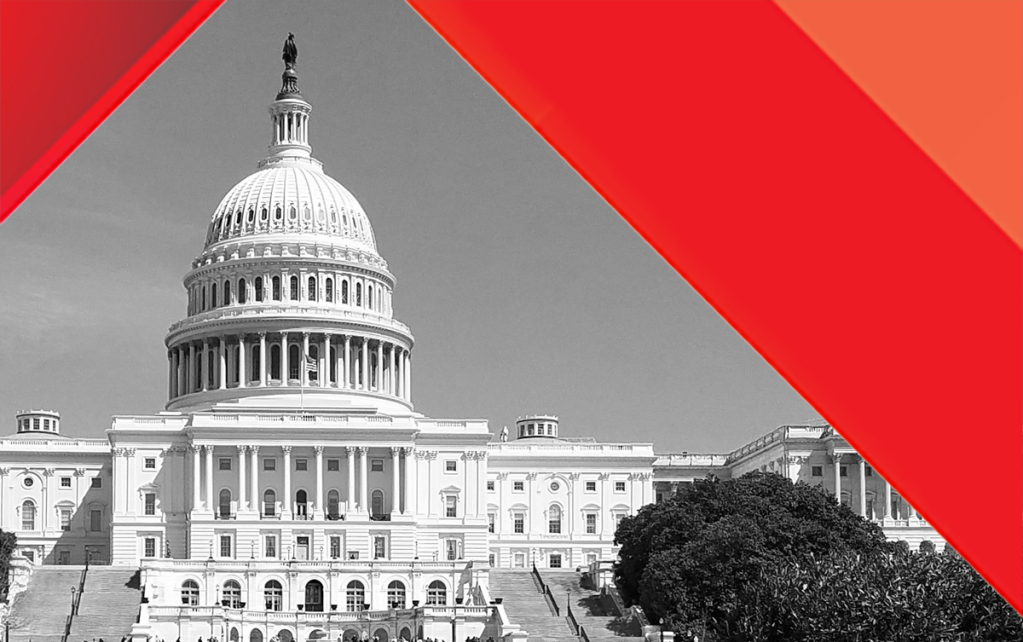
As Congress haggles over funding for the social infrastructure package, a Senate Democrat who chairs the Senate Finance Committee promised a key housing provision will make the cut.
Sen. Ron Wyden of Oregon, a Democrat, told attendees of a Housing Oregon virtual conference on Friday that the committee he chairs had an “enormous interest” in the Neighborhood Homes Investment Act.
Wyden told those in the virtual meeting he would “make sure that wonderful program gets well-funded in this legislation.”
“It’s time for the finance committee to step up and deal with housing,” Wyden said.
There is also hope for another cornerstone of Biden’s housing agenda. Some form of down payment assistance is likely to be part of the final social infrastructure package, but questions remain over how much money Congress will allocate to it.
Last week, Rep. Maxine Waters told Politico that, following negotiations with the Senate, $13 billion would be allotted for her Down Payment Toward Equity bill. The measure would provide up to $25,000 in assistance from the Department of Housing and Urban Development for first-time, first-generation homebuyers to put toward down payment and closing costs.
But housing advocacy organizations, including the National Housing Conference, the National Fair Housing Alliance and the Center for Responsible Lending, are betting they can extract more. Sen. Raphael Warnock (D-GA) has introduced a down payment assistance bill, which accompanied Waters’ in the Senate, to instead set aside $100 billion. Housing advocates have said the bill could create 5 million first-generation homebuyers, including 1.7 million Black and 1.32 million Latino borrowers.
Legislators are taking this week off before returning to Washington, D.C. next week to continue negotiations. Wyden said next week is a crucial negotiation period, when high-ranking lawmakers will make “gut decisions” about what to fund. As chair of the Senate Finance Committee, Wyden said he has the “capacity to make sure that the funds are there to pay for these incredibly important housing priorities,” which include the Neighborhood Homes Investment Act.
The bill would create a federal tax credit for the rehabilitation and construction of homes in underserved communities, functioning similarly to an existing federal tax incentive for multifamily construction. The White House has estimated that $20 billion in NHIA tax credits over five years would result in the building or rehabbing of 500,000 houses.
The bill has bipartisan support — its sponsors include 10 Democrats and six Republicans — because it addresses climate change, minority homeownership and neighborhood stability, said Benson Roberts, CEO of the National Association of Affordable Housing Lenders.
Employers are often reluctant to relocate to areas where there isn’t enough housing for workers, but building or rehabbing a home can cost more than market prices can support, Roberts explained, and that’s a problem a federal tax credit can solve.
“How you bridge that gap is the key question,” Roberts said. “You can’t attract folks without the homes, and you can’t build the homes without the folk.”
The legislation appeals to lawmakers who represent those communities — both urban and rural — where single-family homes in need of substantial rehabilitation or replacement make up most of the housing stock. Fixing up those homes could help address the nation’s shortage of starter homes, supporters argue, and help the surrounding communities attract and retain working families.
“NHIA is a tool that is particularly helpful in flyover country,” said Frank Woodruff, director of the National Alliance of Community Economic Development Associations. “In the state of Ohio, in upstate New York, parts of Wisconsin, Texas — it’s a useful housing tool that is relevant in places that are hardest to reach.”





